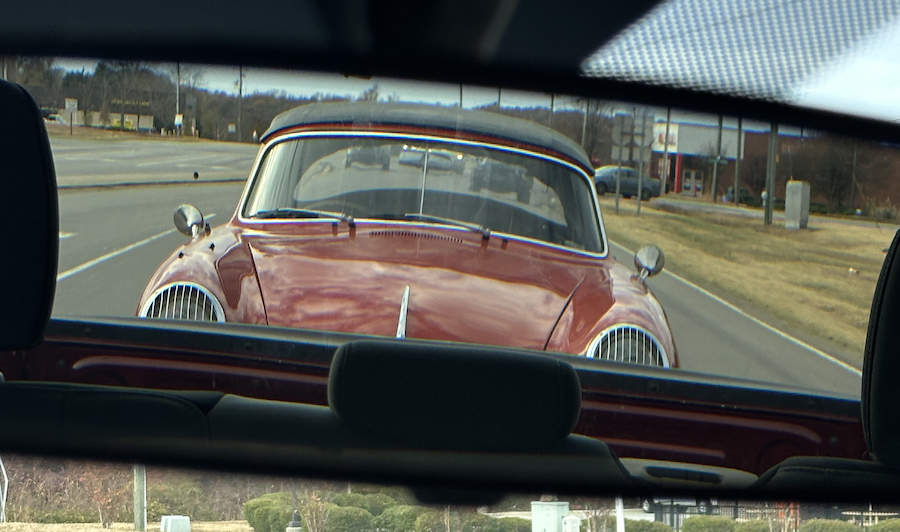
By Steve Martin. Republished with permission from the Summer 2016 issue of Fourteener Motoring Magazine.
When the Porsche 914 made its public debut at the 1969 Frankfurt Auto Show, the four-cylinder version was priced at $3,015, while the six carried a purchase price of $4,775. The cars were displayed on the Porsche stands, as well as by Karmann.
With enthusiast anticipation, the first 914s reached the United States dealers in January of 1970. Four-cylinder models were the first shipped to North America. 914-6 production began in July 1969, with the first sixes being shipped to the United States in March 1970. According to Porsche: Excellence was Expected, by Karl Ludvigsen, The U.S. fours were priced at $3,595 on the east coast and $3,695 in the west, while the sixes were priced at $5,999 and $6,099 on each coast respectively.

The four-cylinder model could also be purchased with an optional $200 Appearance Group package that included chrome bumpers and the vinyl-covered targa bar, Both of which were standard on the six.
The press got an opportunity to enjoy the new Porsche model in September 1969, as a part of the Frankfurt Auto Show. For unknown reasons, the reporters were permitted to drive the 914-4, but had to ride in the passenger seat of the 914-6. This would prove indicative of the unfortunate circumstances surrounding coverage of the new car.
The first tests by Road & Track produced disappointing results. The results showed significantly less cornering accelerations than claimed by Porsche. Popular press magazines also reported conflicting reviews related to key characteristics of the car. For example, Car and Driver reported understeer, while many European magazines found the car to oversteer.

Motor Trend resolved the debate as to how the car handled when it reported that both experiences were correct, saying that “cornering in the 914 is an enjoyable experience with mild doses of over- and understeer evident on occasion although the basic cornering characteristics are neutral.” The magazine continued by finding that the car was “most forgiving.” They summed up their experience by saying that “every small bump and road roughness is transmitted to the passenger compartment and the spine-tingling sensation of hitting a rather large dip or bump will satisfy the discerning sports car enthusiast.”
If only the reputation among the public could end there. The popular press complained about the interior, instrumentation, and acceleration of the car. Whether justified or not, there is little doubt that the reports of the car magazines did little to help the launch of the mid-engine roadster.

The 914-6 received a little better press coverage. The six was not saddled with the image of being a hybrid of a Volkswagen and a Porsche. The bigger brother to the four-cylinder model was generally considered all Porsche, and as such was expected to perform in the spirit of other Porsches.
Despite being plagued by the fact that the 914-6 was priced too closely to the 911, the car overall got good reviews. With its mid-engine configuration, it tested better than the 911 in many categories.
In 1970 Motor Trend named the 914 its car of the year. Both the 4-cylinder and 6-cylinder models were honored with the award. The magazine wrote that it was the only “real modern automobile” of the cars tested, and that the mid-engine layout was the new “status symbol.”
By the end of 1970, the 914 had endured a rough first year of life. Between its identity issues, pricing woes, and press coverage that was mixed at best, the mid-engine roadster could have had a better start. Only time would tell how long-term sales would fare.









About The Author: Steve
More posts by Steve